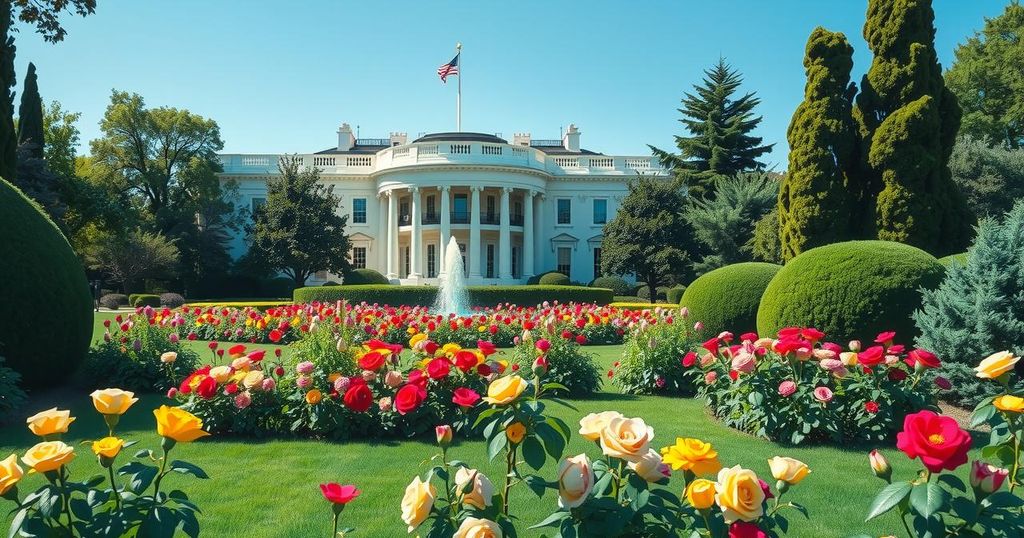Brazil’s BRICS presidency is shifting focus towards blockchain for enhancing cross-border trade, moving away from the idea of a common currency. The emphasis is on improving transaction efficiency through initiatives like the Drex project, with mentions of potential stablecoin usage for international settlements. This reflects a broader trend of innovation within BRICS economies amid existing currency dynamics.
Brazil is placing a significant emphasis on the potential use of blockchain technology to enhance cross-border trade within the BRICS nations, which include Russia, India, and China, as per a report by the Brazilian newspaper Valor Econômico. This initiative is part of Brazil’s year-long presidency of the bloc, which commenced in January. The focus appears to divert from previous discussions surrounding a joint BRICS currency as the means of facilitating trade.
The intention behind this blockchain initiative is not to establish a currency that would compete with the United States dollar, which has been a concern given past statements from U.S. President Donald Trump regarding potential tariffs. Instead, Brazil seeks to improve the efficiency of international trade transactions while integrating blockchain into its financial ecosystem. Brazil’s central bank has been testing a project named Drex, designed to create a tokenized infrastructure for financial transactions, although it presently faces challenges related to privacy and regulatory oversight.
Additionally, another potential solution may involve a network akin to Brazil’s existing Pix system; however, this could lead to complications regarding governance and sovereignty among BRICS nations. In April 2024, Sergey Ryabkov, the Russian deputy foreign minister, mentioned the possibility of utilizing stablecoins for international settlements among BRICS members. While this idea has been discussed, no formal decision has been established regarding the adoption of stablecoins within the group as of yet.
Moreover, reports from March 2025 indicate that Russian oil companies are already utilizing various cryptocurrencies and stablecoins to facilitate conversions of Chinese yuan and Indian rupees into roubles for trade purposes. This highlights an ongoing trend among BRICS members to innovate within financial transactions while navigating the complexities of international currency dynamics.
Brazil’s approach to enhancing cross-border trade within BRICS through blockchain technology represents a notable shift from previous discussions of a common currency. By focusing on improving transactional efficiency with blockchain and exploring stablecoin usage for settlements, the nation aims to foster greater financial collaboration among member states without directly competing with the U.S. dollar. Ongoing projects, including Drex and existing systems like Pix, underline the country’s commitment to modernizing its financial infrastructure despite regulatory challenges.
Original Source: crypto.news




